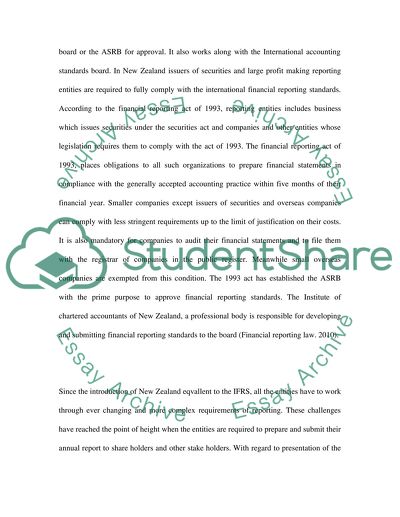Cite this document
(“Comparative International Reporting (Accounting) Essay”, n.d.)
Retrieved from https://studentshare.org/environmental-studies/1405479-comparative-international-reporting-accounting
Retrieved from https://studentshare.org/environmental-studies/1405479-comparative-international-reporting-accounting
(Comparative International Reporting (Accounting) Essay)
https://studentshare.org/environmental-studies/1405479-comparative-international-reporting-accounting.
https://studentshare.org/environmental-studies/1405479-comparative-international-reporting-accounting.
“Comparative International Reporting (Accounting) Essay”, n.d. https://studentshare.org/environmental-studies/1405479-comparative-international-reporting-accounting.


